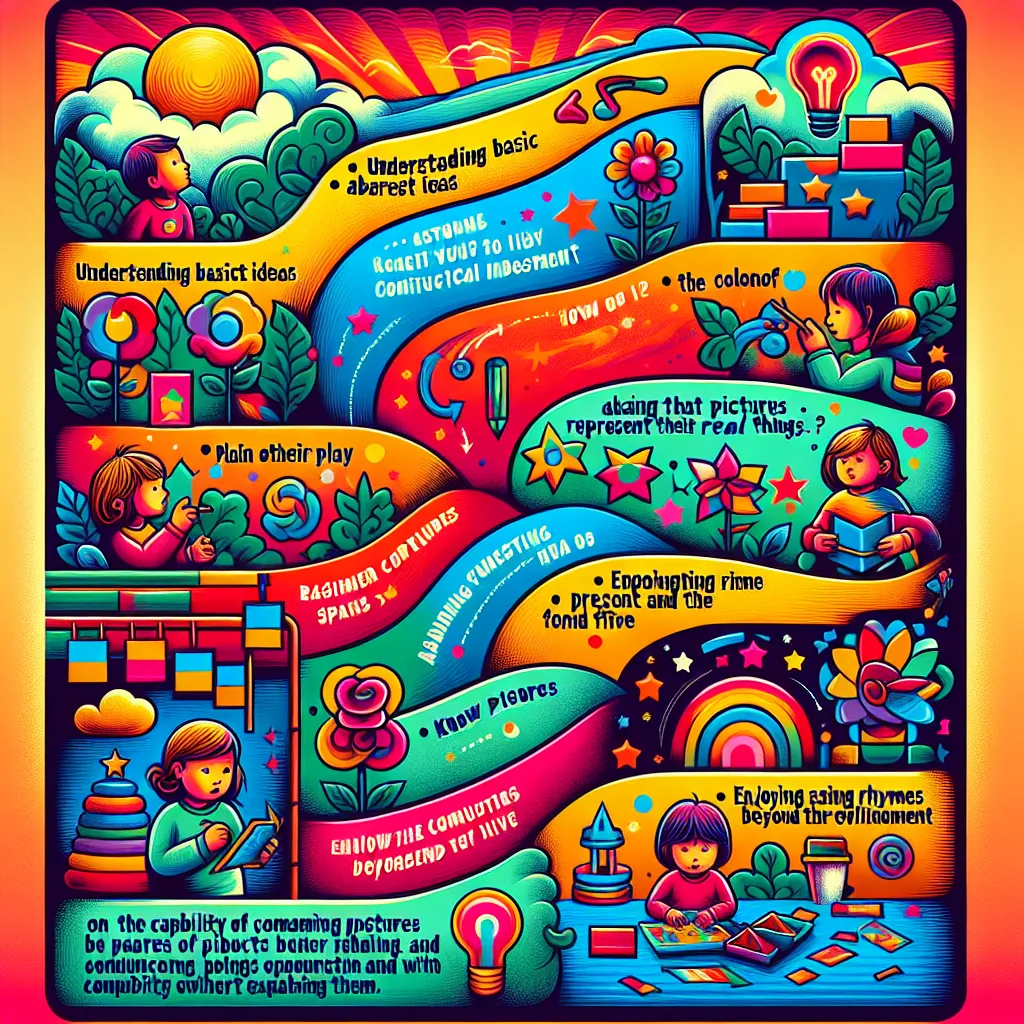Ask AI on The Internet
Question: Carefully read the quote and analyse the table below, then answer the questions. "Children in the Grade R years fall within the preoperational stages, which ranges from two to seven years. They have developed to the extent of analysing the situation and objects in their environment. They have become much more active in their learning and have an improved span of attention" (Study Guide 2023:85). Table: Cognitive milestones in the Grade R years Milestone Age Development Cognitive Four to six years 1. Ask 'why' and 'how' questions about things they want to learn about. 2. Concentrate for a longer time. 3. Say rhymes with enjoyment. 4. Identify and name objects in their environment. 5. Know colours and can count beyond five. 6. Draw pictures and explain things in their drawings. 7. Realise that pictures represent real things. 8. Understand basic abstract ideas like 'bigger', 'longer' or 'heaviest'. 9. Make plans about how to play, what to build or draw. 10. Recalls parts of a story. 2.1.1 Rearrange the cognitive milestones in the table above in the "development" column in ascending order, according to your opinion and expertise, from the most important to the least important.
Rearranging cognitive milestones can be subjective, as their importance may vary based on perspective and educational goals. However, considering general cognitive development theories and the practical application of these milestones, one could order them as follows: 1. **Ask 'why' and 'how' questions about things they want to learn about.** - Fosters curiosity and critical thinking, essential for deep understanding and continuous learning. 2. **Understand basic abstract ideas like 'bigger', 'longer', or 'heaviest'.** - Basic abstraction is foundational for mathematical and logical thinking. 3. **Identify and name objects in their environment.** - Naming and recognition are fundamental for language development and cognitive mapping. 4. **Know colours and can count beyond five.** - Core to early numeracy and literacy skills, crucial for later academic success. 5. **Concentrate for a longer time.** - Attention span is key to sustained learning and task completion. 6. **Make plans about how to play, what to build or draw.** - Planning and organizing activities enhance executive functioning skills. 7. **Recall parts of a story.** - Memory and comprehension are central to building language and narrative skills. 8. **Draw pictures and explain things in their drawings.** - Integrates creativity with verbal expression, important for holistic cognitive growth. 9. **Realize that pictures represent real things.** - Developing symbolic thinking aids in understanding representations and abstract concepts. 10. **Say rhymes with enjoyment.** - While beneficial for phonological awareness and language rhythm, it may be considered less critical compared to other milestones. This ordering prioritizes milestones that are foundational for intellectual curiosity, abstract thinking, and basic conceptual understanding, which are all integral to further cognitive development.
Think your answer is better than the AI's? Post it below.
Other Most Relevant Posts:
Question Tags
If you want your question answered by an AI, click here.







Post your own comment: